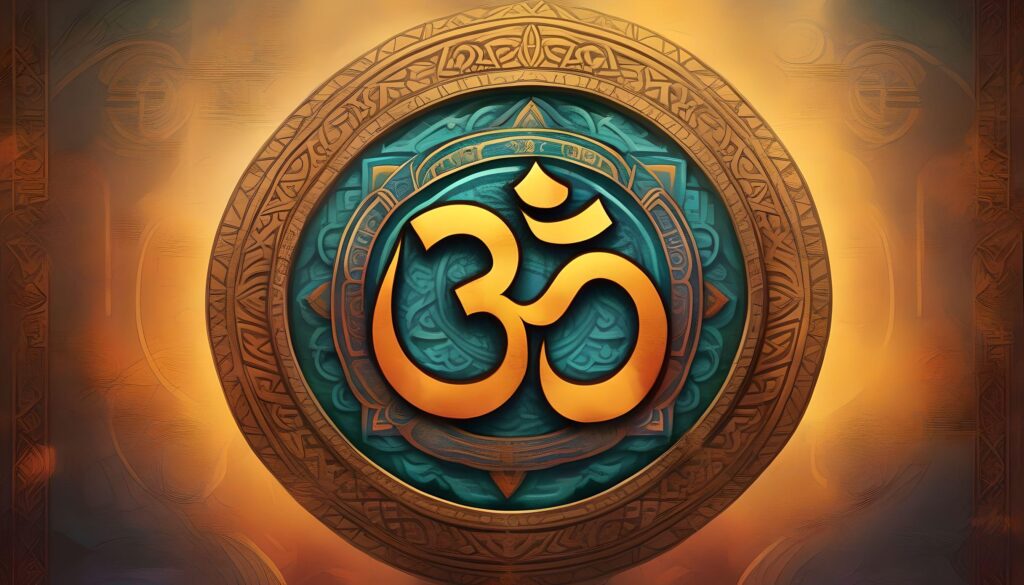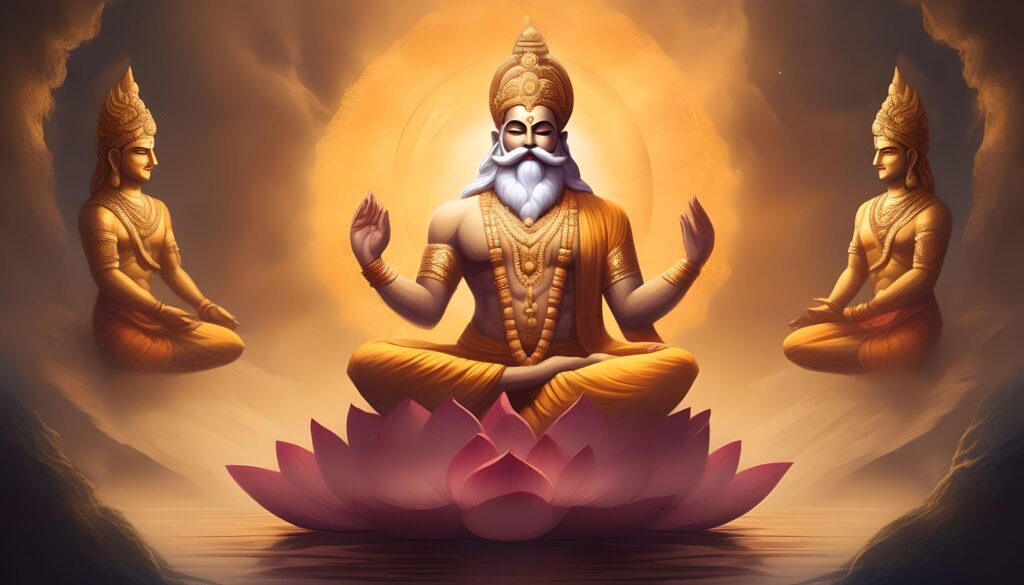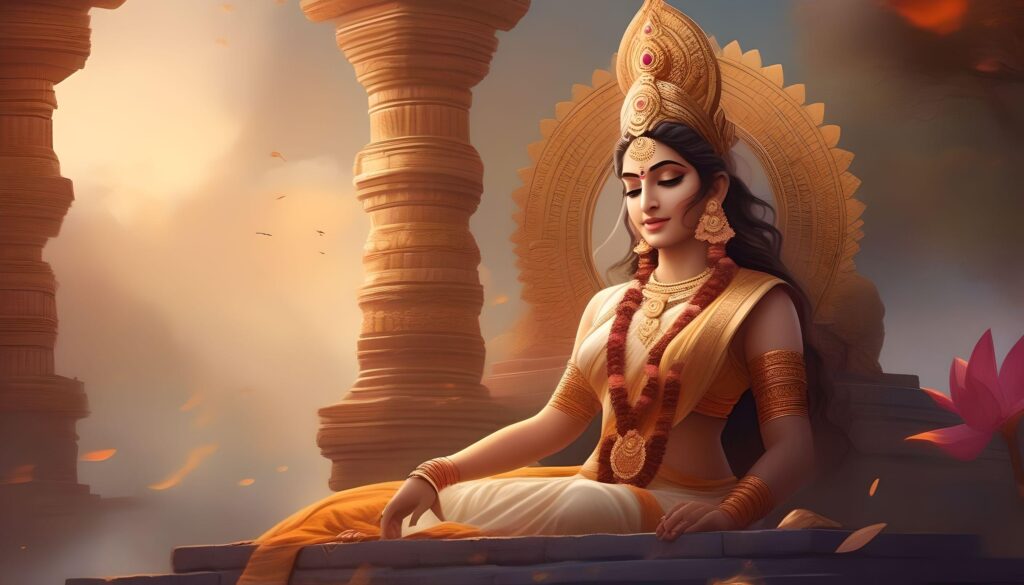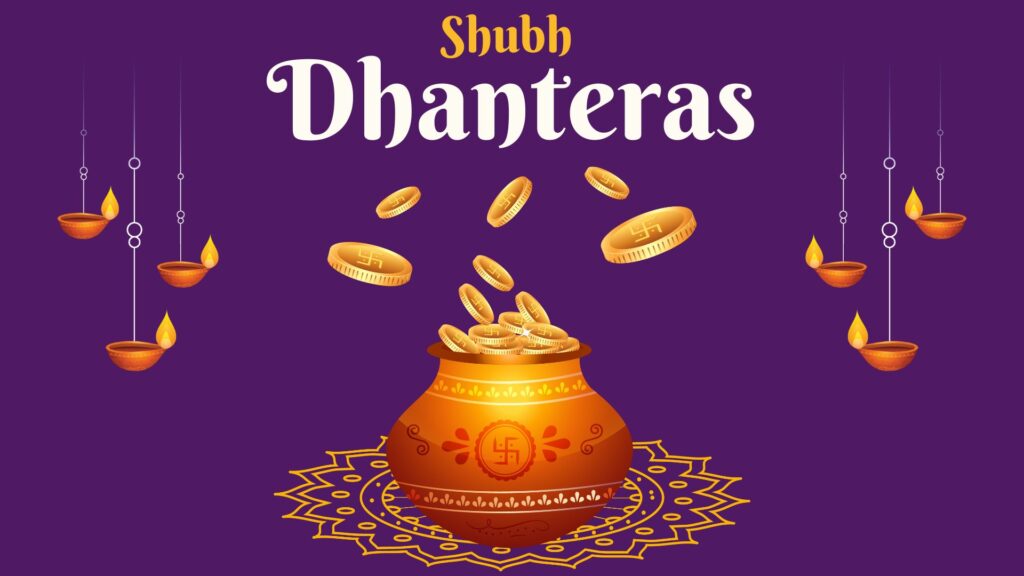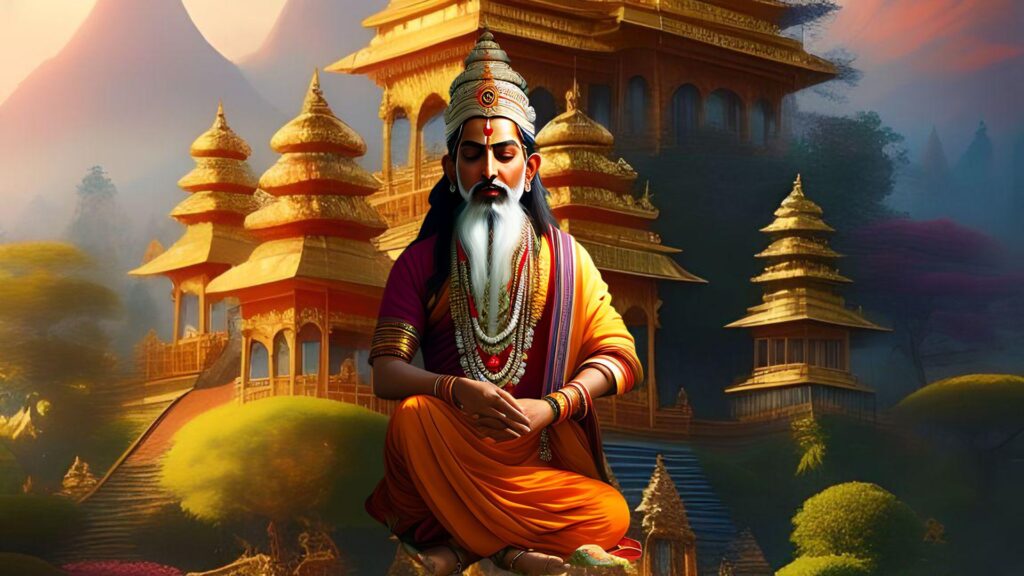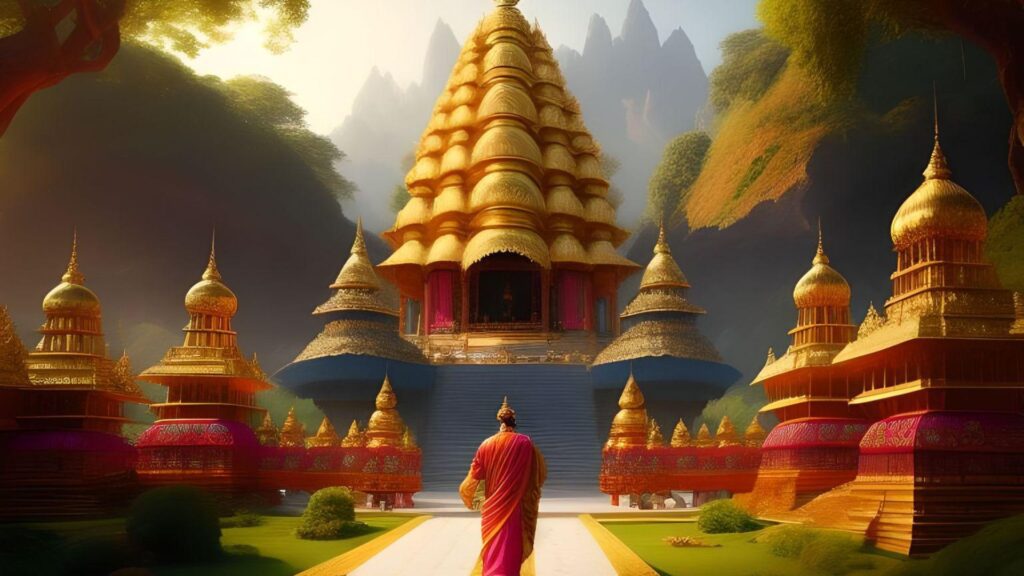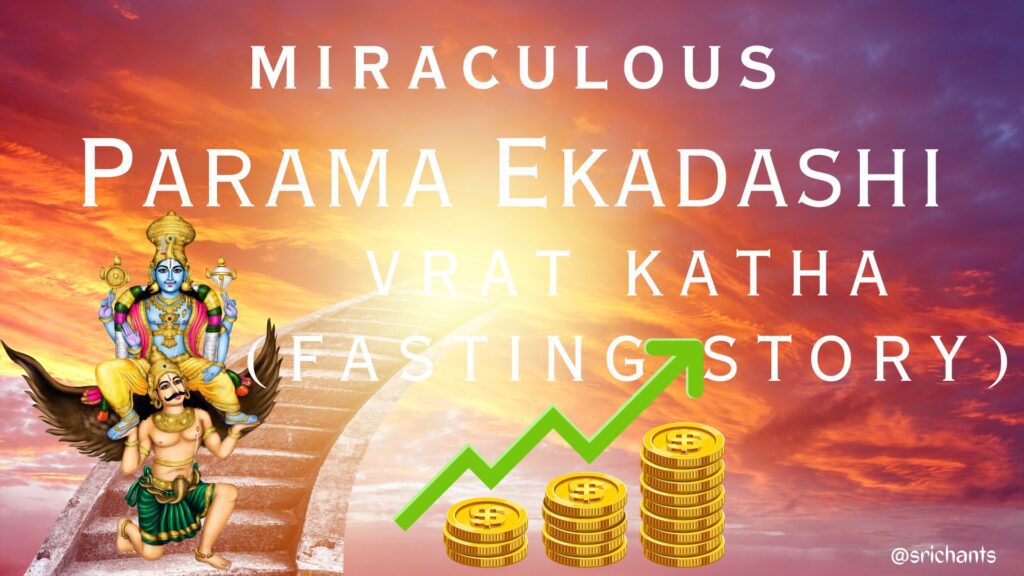Hindu Symbols and Icons: Exploring the Sacred Meanings
Introduction
A complex tapestry of symbols and icons is embraced by Hinduism, one of the world’s oldest religions. These sacred representations are essential to Hindu culture and philosophy and hold profound spiritual significance. Hindu symbols convey profound teachings, cultural traditions, and philosophical concepts through mudras (hand and body gestures) and murtis (icons and statues). This exhaustive guide will investigate the significance and meanings of several prominent Hindu symbols and icons.
Om or Aum: The Primal Sound
Om or Aum is one of the most widely recognized symbols in Hinduism. The root mantra and the primordial sound from which all creation emanates are represented by this sacred syllable. The three syllables of Aum, which represent the past, present, and future, are present at the commencement and conclusion of every sacred verse and human action. Om is a potent symbol of spiritual connection and divine energy, associated with Lord Ganesha, the remover of obstacles.
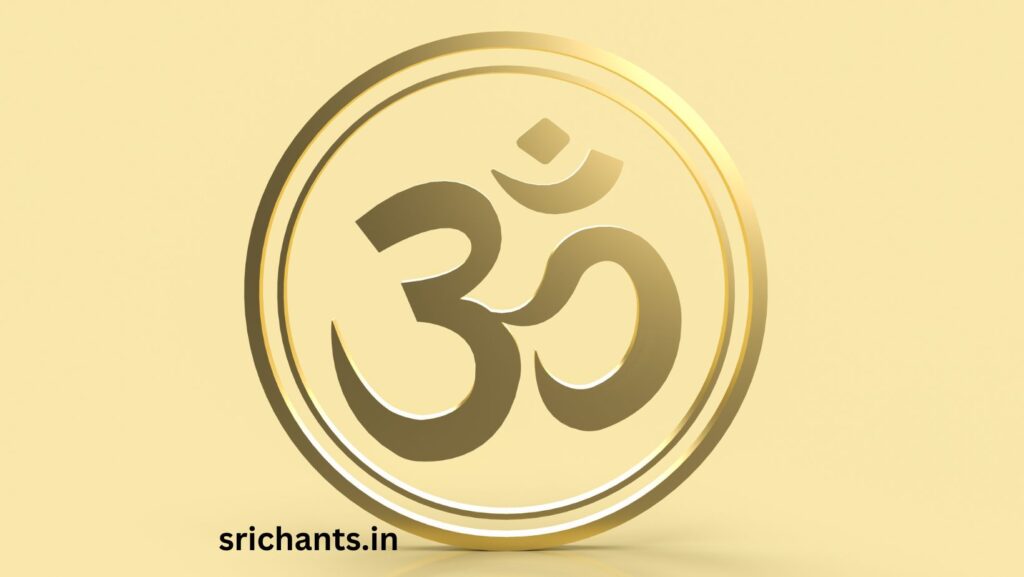
Ganesha: Lord of Obstacles
Ganesha, the adored deity who is renowned as the remover of obstacles and the ruler of dharma, is another significant symbol in Hinduism. Ganesha, who is characterized by his elephant head and rotund figure, rests on his throne, directing our karmas by erecting and removing impediments from our path. Ganesha is revered as the ultimate protector and provider of success and good fortune, and Hindu devotees seek his permission and favors before embarking on any endeavor.
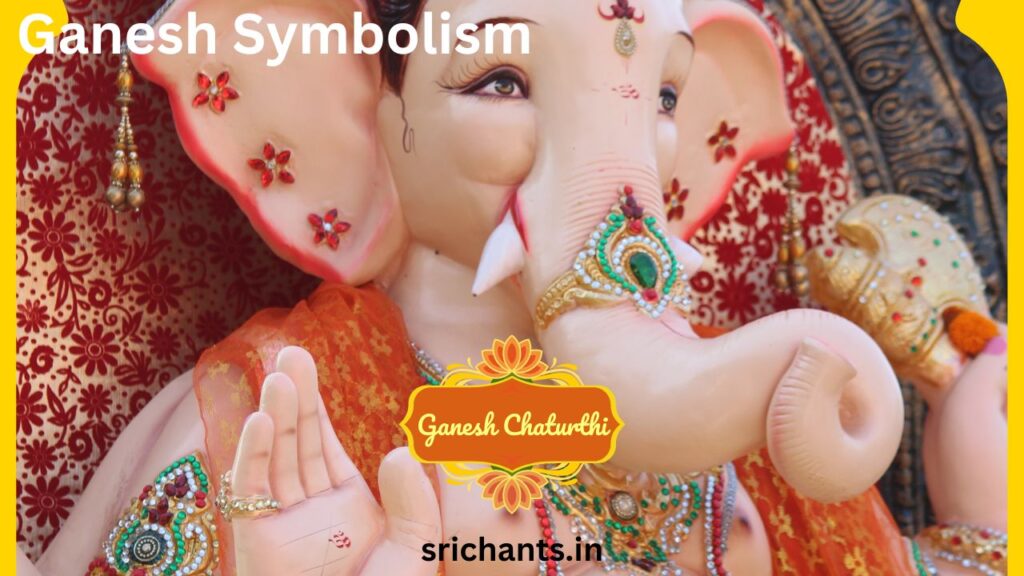
Vata: The Banyan Tree
In Hinduism, the Vata or banyan tree is of immense symbolic significance. The expansive nature of Hinduism is symbolized by this majestic tree, which is scientifically referred to as Ficus indicus. The banyan tree, which extends its branches in all directions and receives sustenance from numerous roots, is a representation of the unity and diversity that are inherent to Hinduism. Lord Shiva, in his capacity as the Silent Sage, dispenses enlightenment and wisdom beneath the shade of the banyan tree.
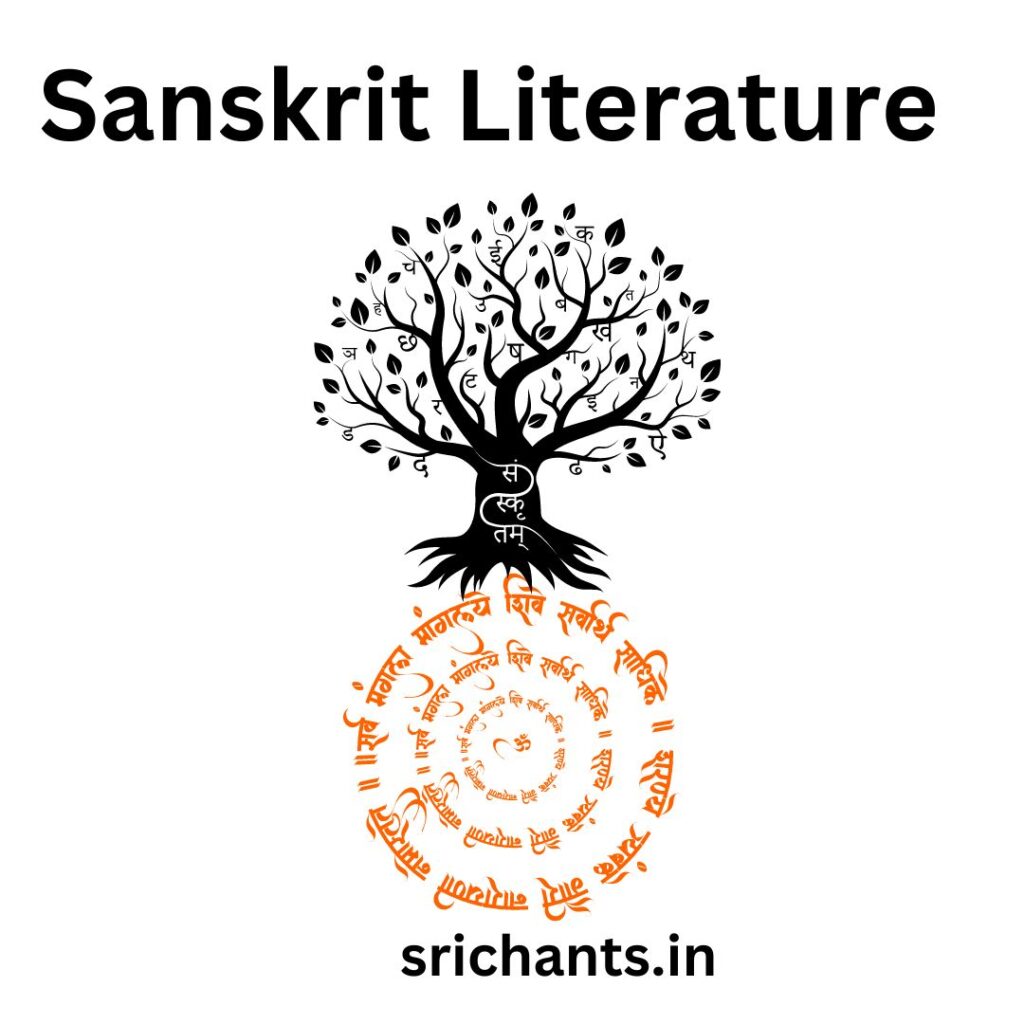
Tripundra: The Sacred Mark
The Tripundra is a sacred mark that Saivites wear on their foreheads. It is composed of three white streaks of vibhuti (holy ash). This auspicious mark represents the purification and annihilation of anava, karma, and maya, the three fundamental impurities that impede spiritual development. The bindu, a dot located at the center of the forehead, functions as a reminder of the divine presence within and enhances spiritual insight.
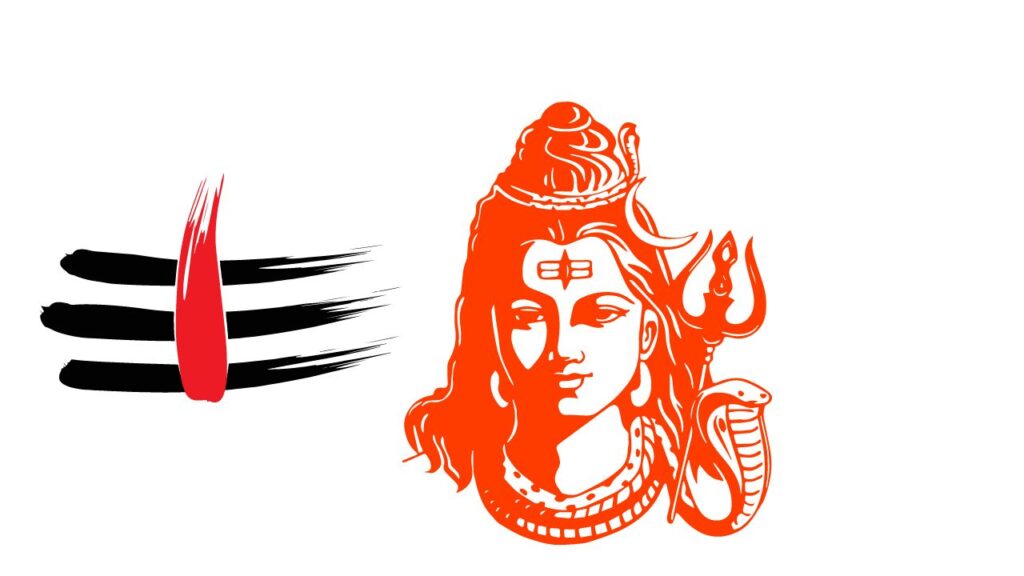
Nataraja: The Lord of Dance
Nataraja, the cosmic performer, is a captivating representation of Lord Shiva in his aspect as the “King of Dance.” Nataraja’s dynamic pose, whether carved in stone or cast in bronze, symbolizes the eternal cycle of creation, preservation, and destruction. Nataraja’s dance, which is characterized by flames encircling him, is a representation of the dance of consciousness, which is responsible for the creation of the cosmos and its eventual dissolution. This potent symbol illustrates the eternal cycle of time and the interconnectedness of life.
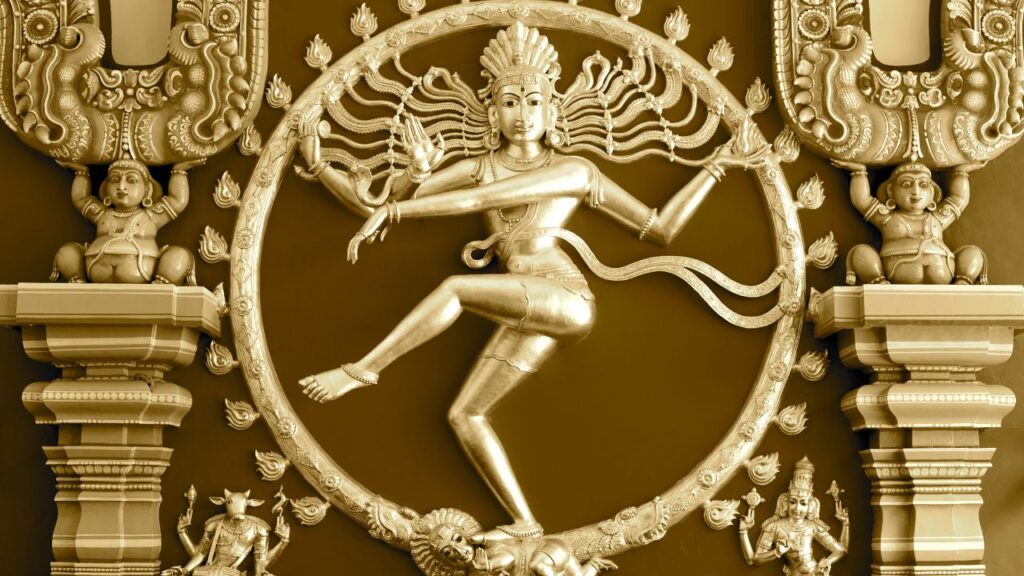
Mayil: The Peacock
Lord Murugan’s mount is the magnificent Mayil, or peacock. The peacock, a symbol of the unfolding grandeur of religion, is both swift and beautiful. The fullness of spiritual revelation is symbolized by its vibrant plumage. The peacock’s shrill lament and proud display function as cautionary signals against impending danger. Lord Murugan, who is depicted riding a peacock, epitomizes divine grace, beauty, and fortitude.
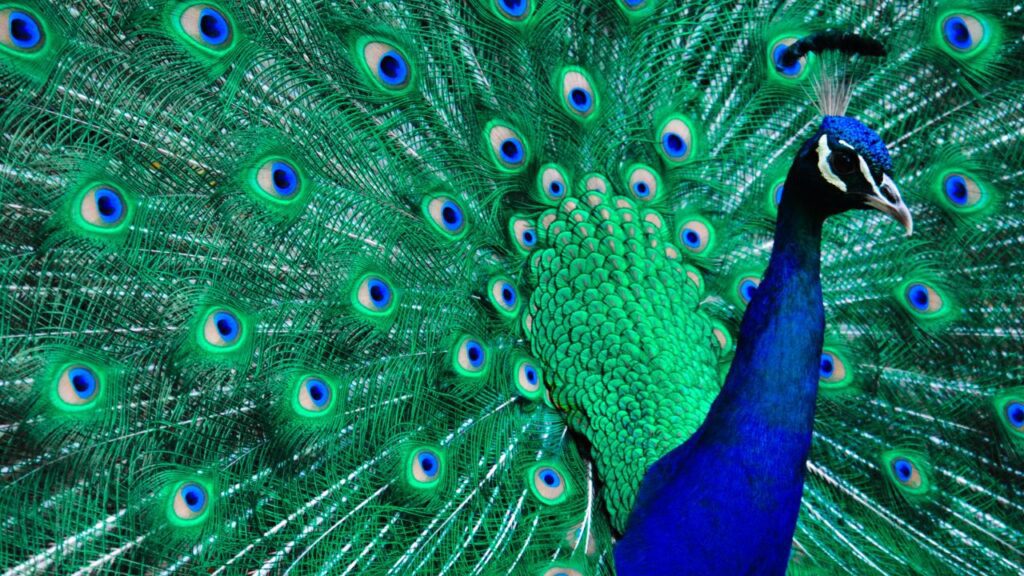
Nandi: The Devoted Bull
Lord Shiva’s mount, Nandi, is a colossal white bull with a black mane. The ideal devotee is embodied by this gentle and disciplined animal, who embodies pure pleasure and strength in Shiva Dharma. Nandi’s unwavering devotion and loyalty to Lord Shiva serve as a reminder of the profound connection between the divine and its devotees.
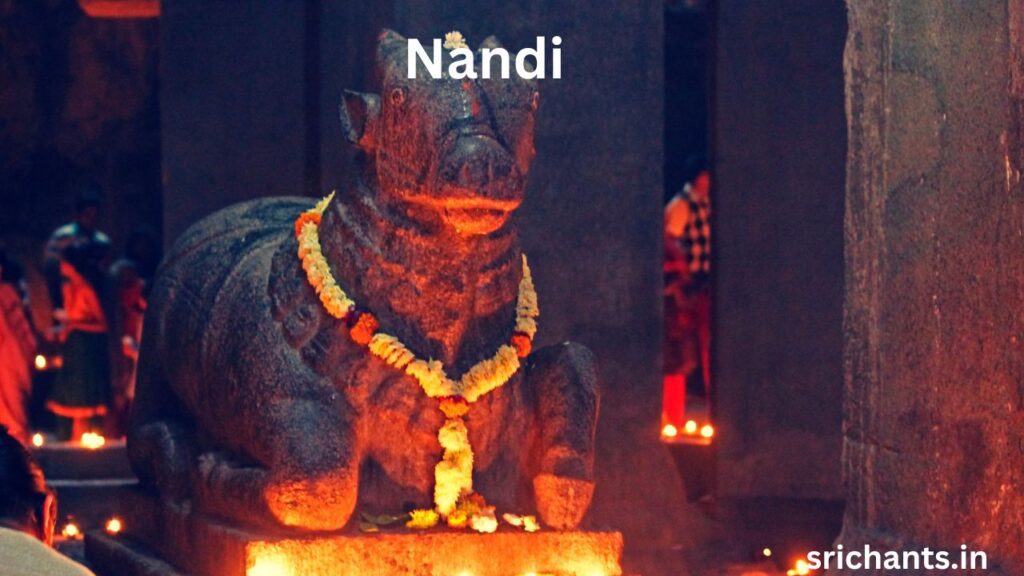
Swastika: The Symbol of Auspiciousness
In Hinduism, the Swastika is a symbol of good fortune and auspiciousness. Its right-angled arms symbolize the indirect manner in which divinity is comprehended, as it is perceived through intuition rather than intellect. The Swastika is associated with well-being, prosperity, and harmony and bears profound spiritual significance. It is a potent symbol that embodies the beneficial aspects of existence.
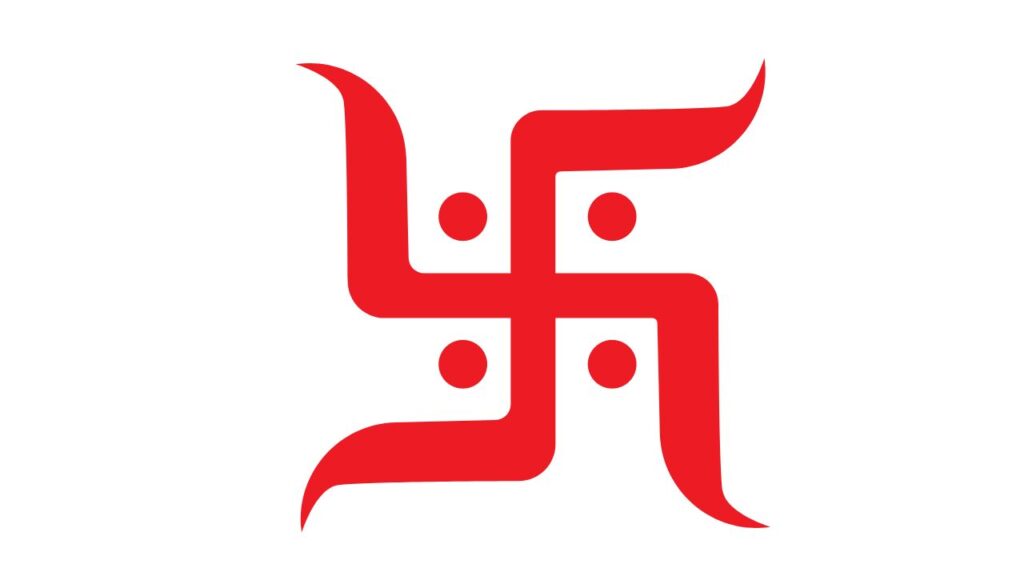
Conclusion
Hindu symbols and emblems are not merely decorative elements; they are profound representations of spiritual truths and cultural traditions. From the sacred syllable Om to the majestic Nataraja, each symbol embodies the essence of Hindu philosophy and conveys a unique significance. We can deepen our connection to the rich tapestry of Hinduism and gain insight into the profound teachings they convey by exploring and comprehending these symbols.
Remember, these symbols are not exclusive to Hinduism. They are a testament to the universal nature of spirituality and can motivate individuals from a variety of backgrounds to pursue truth, enlightenment, and interior transformation.
#Swastik #Nandi #Mayil #Nataraja #Tripundra

